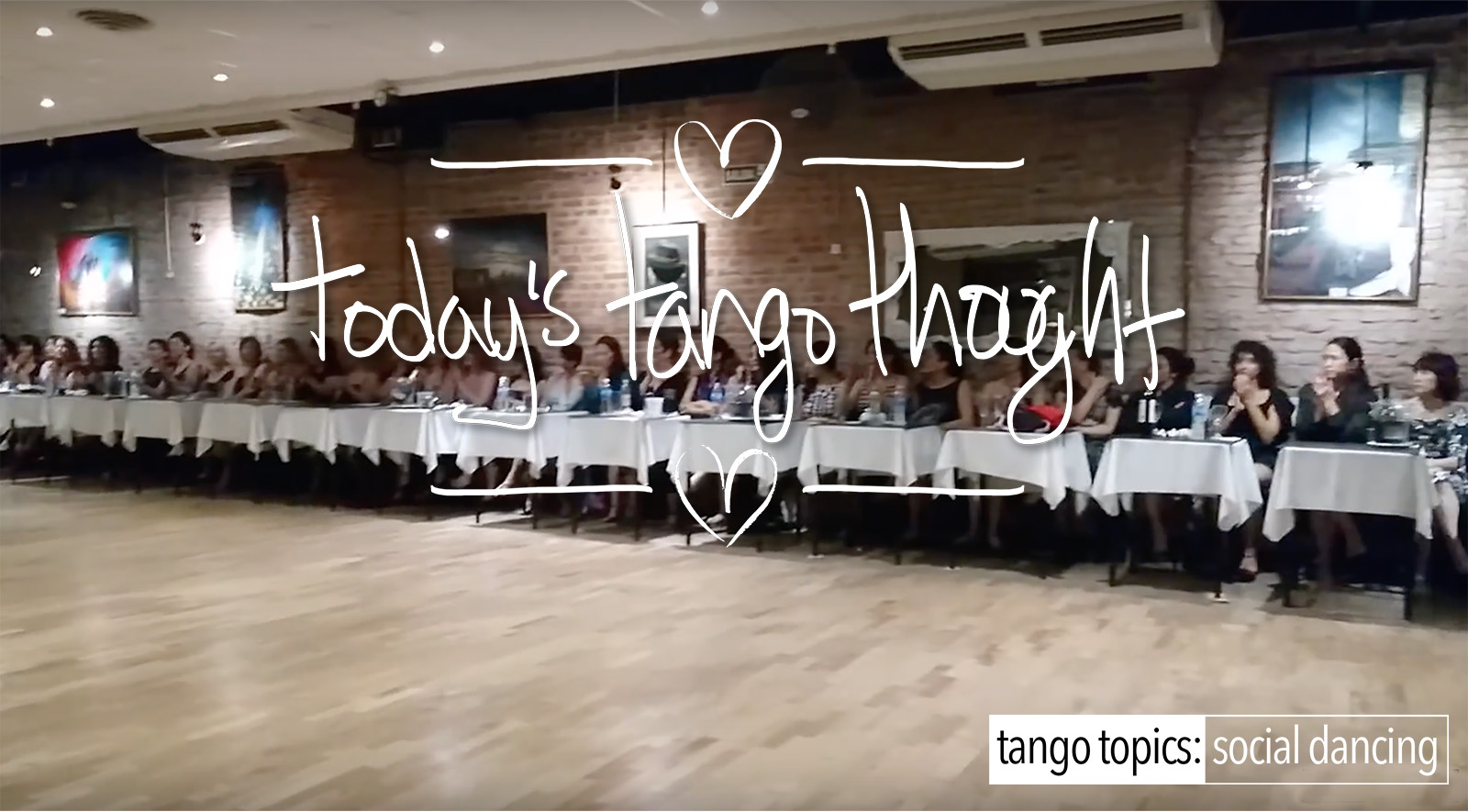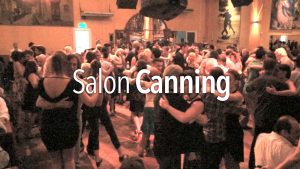This is a short tango thought. In Europe, throughout the UK, the Phillipeans, Japan, China, and North America specifically, you are more likely to dance on wood floors, mostly. And as such you’re going to be somewhat expectant that that’s what your experience will be like everywhere else in the world. This is not the case the world over. As time has gone by wood, which was an abundant resources has gotten expensive, and wood flooring … astronomically priced. And dance floors ? Ha! These are even more expensive to put in. It’s cheaper to lay down cement and put tile over it. Tile lasts forever. Wood ? Needs to be maintained.
The toy of choice for most dancers is a ‘Sprung‘ Floor! Which is a work of art, science, and pure magic. Sprung Floors are to dancers, what honey is to bees. A ‘Sprung’ Floor is a dance floor that easily absorbs shocks, giving it a softer feel. Such floors are considered the best available for dance, indoor sports, and physical education. They can easily enhance performance, and greatly reduce injuries on the feet, and most importantly, one’s knees!
Finding a Sprung Floor in the Tango world ? You’re at the mercy of the Milonga organizer. You’ll get used to dancing on them very quickly, and come to expect them once you do. However, when you get to Buenos Aires, you’re going to be hit with a very real fact: Almost no wood floors! And a Sprung Floor ? Almost not. There are very few of them (left) to dance on. El Beso, Cachirulo (wood), DNI (wood over cement – top floor), El Yeite (wood over cement), Salon Canning (wood over cement), La Catedral (old sprung), Nuveo Chique, Griecel, La Nacional, La Leonesa , Los Laureles and a few others are the only places that have a wood floor. However, La Catedral’s wood floor isn’t exactly the safest thing on the planet. The floor has seen its better days. And quite possibly is a danger, so let the dancer beware. Salon Canning’s floor was redone a few years ago and is in better shape.
However what you’ll be presented with in Buenos Aires are Parque or Baldosa Tile floors to dance on. They’re hard, cement floors. So if you’re looking for this magical BsAs experience with wooden floors, not so much with that. Villa Malcolm, La Viruta, La Baldosa, etc…all Baldosa tiled floors!
Something to be aware of when dancing in BsAs it relates to the floors that you’re dancing on, and the time of year you’re going to go. If it’s the hot season (from Jan – Mar), when the rooms are insanely packed, and hot as the day is long from the heat outside, the TILED floors are going to be VERY slippery for a wide variety of reasons. Either the AC that’s running is running full blast and the floors are cold….or there’s so much sweat dripping going on that it quite literally ends up on the floor. So, as a result, you need to be aware of this little tiny factoid and be ready for it. As it will change how you turn, how you walk, and how stable you are. Ochos will be more difficult for both roles. The turns themselves will become far more challenging because of how slippery the floor is, especially for the dancer with suede on the bottoms of their shoes. The suede becomes impacted and needs to be cleaned out. So it’s a good idea to bring two things in your shoe bag if you haven’t thought of it yet. 1.) Talc Powder. and 2.) Shoe Brushes. Just sayin’. If it’s the cold season, you have no issues.
The Tango Topics Opinion. To dance on a hardwood floor or not to dance on a hardwood floor. That is the question. Whether it is nobler….ok enough bastardization of the bard. In North America and Western Europe, and perhaps the Russian Federation there is the luxury, and it is a luxury to dance on a hardwood floor. Pine, Oak, Beach….it’s almost a dream. And a SPRUNG dance floor ? Good lord, it’s like coming home. However, the rest of the world doesn’t even consider that an option. It’s just not on their radar, nor do they care. There’s a reason for that. Stone is cheaper than hardwoods to put in. So in other words, if you’re planning on visiting somewhere else in the world, aside from BsAs, expect to dance on hard surface.
Dancing in Buenos Aires on a hardwood floor ? Just get that little thought out of your head. There are very few of those spaces left in BsAs. Even the vaunted Salon Canning changed their dance floor to a parque baldosa tile floor a few years back because it was easier to maintain than the hardwood floor that they had previously. 🙂 So….sadly friends, the fantasy must die…right here. 🙁











